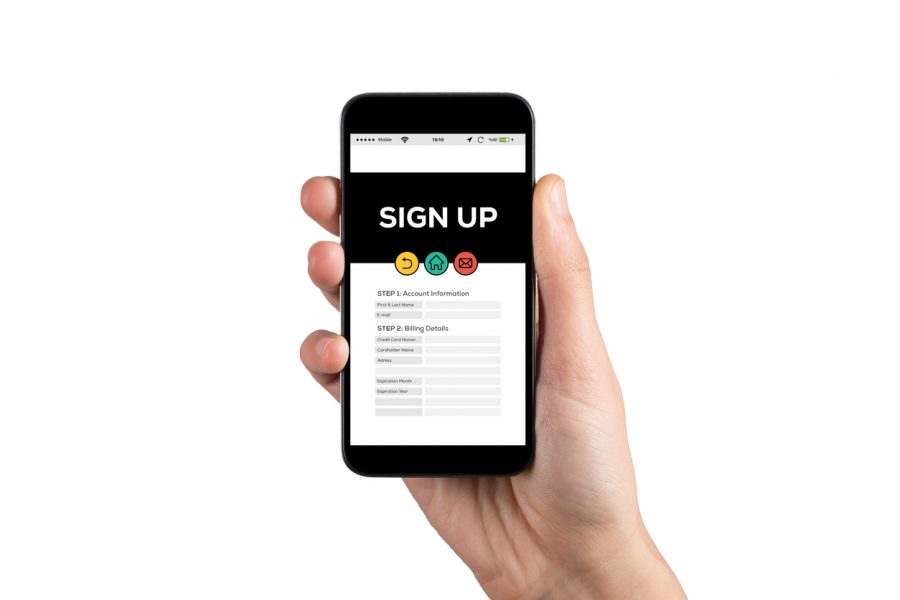
Well, you know what they say about the best laid plans. You carried out the due diligence and performed all of the required background checks, application steps, and safety protocols before extending credit. Now that individual has balked on payments, so it’s time to step up your game.
In Part 1, Reducing Your Risk, we took a look at ways to ease the headache of debt collection prior to extending credit to a business. In this article, we’ll examine the ways you can actually go about collecting on a debt.
Harass Me Once, Shame On You
Even though Joe or Jill Schmoe’s company owes you a ton of money, it’s against the law to harass the individual. Who defines harassment? Well, in this case, it’s the good ol’ Lone Star State of Texas and the United States of America.
Harassment is defined as:
- Annoying or abusing consumer via telephone
- Using obscene or profane language
- Contacting unlawful third parties regarding consumer’s debt
- Using misrepresentations as a means of collecting a debt
- Implying that nonpayment will result in imprisonment
- Implying that consumer committed a crime by non-payment
- Threatening consumers
- Behaving in other unfair or unconscionable ways
All of these seem pretty clear cut, but you’d be surprised. If the person claims that you or one of your associates harassed them during an attempt to collect a debt, you could surrender your ability to collect the money owed to you for the work you have done.
Follow the Steps
When attempting to collect a debt, you must first notify the debtor in writing, stating the following information:
- Amount of debt
- Name and address of creditor
- Statement that consumer has 30 days to dispute the claim
- Statement that debtor can request verification of debt within 30 days
If contacting them in writing doesn’t work, or if you’re more of a phone person, keep in mind that there are “convenient” and “inconvenient” times and places to locate a consumer.
Contacting them at their place of business is a no-no unless the court expressly consents to it. Also, when you call them at home, be sure that it’s between the hours of 8 am and 9 pm in the time zone of your choosing. Just kidding. It must be the debtor’s time zone—which may happen to be your time zone.
The Right Way to Collect
Possessory Lien: allow you to maintain in your possession any item you have improved until you get paid. For example, if you repair the alternator on a sports car, but the owner doesn’t pay up, you keep the sports car until you get paid.
Mechanic’s and Materialmen’s Lien: allows you to recoup loss of payment by attaching a lien to a property, making it more difficult to sell or forcing a foreclosure to pay the debt. Also known as the M&M lien.
Both the possessory and M&M liens contain restrictions on when and where to file. This depends on whether the property is residential or commercial and whether you are the prime contractor, subcontractor or laborer, the supplier, or something else. All notices must be sent via certified mail.
As with all construction law matters, it is best to consult with the legal experts at The Cromeens Law Firm to determine a best course of action. Cromeens knows when and where to file so that you can get paid in a timely manner.
The Cromeens Law Firm provides clients with expert navigation of Texas law in regards to debt collection. Contact one of our experienced attorneys today by calling 713-715-7334 or contact us online to discuss your options.
This article is intended as a general educational overview of the subject matter and is not intended to be a comprehensive survey of recent jurisprudence, nor a substitute for legal advice for a specific legal matter. If you have a legal issue, please consult an attorney.







